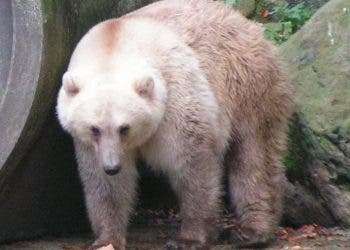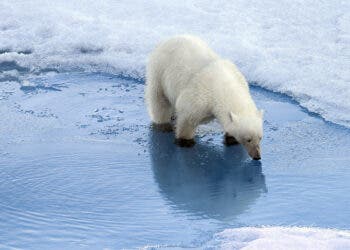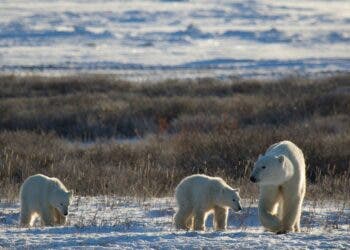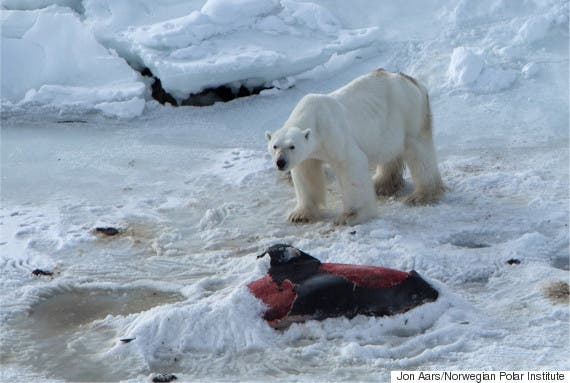Polar bears have long been seen as the poster child of global warming’s impact on the natural world, and for good reason: the bears rely on sea ice to hunt seals, so climate change could destroy the habitats the bears desperately need, which puts the species at risk of extinction. However, in a rare piece of good news, scientists have discovered a group of bears in southeast Greenland has adapted to hunting using freshwater platforms — something which was thought to be impossible.

The unexpected finding suggests polar bears (or at least some polar bears0 can live in a wider variety of conditions than scientists previously thought, raising the possibility of some bears in specific locations being more resilient to climate change. However, many questions still remain to be answered about the newly identified population in Greenland, the researchers said, and we shouldn’t rush to generalize ideas to all polar bears.
The study combines seven years of new data with 30 years of historical data from Greenland’s southeastern coast. The region had been poorly studied due to its unpredictable weather, heavy snowfall, and jagged mountains. The population, genetic and movement data from the researchers shows how the bears survive despite the limited access to sea ice.
“Polar bears are threatened by sea ice loss due to climate change. This new population gives us some insight into how the species might persist into the future,” Kristin Laidre, study author, said in a statement. “But we need to be careful about extrapolating our findings. The glacier ice that makes it possible for these bears to survive isn’t available in most of the Arctic.”
Polar bears and climate change
The researchers said the genetic difference between this group of bears and its closest genetic neighbor is larger than that observed for any of the previously known polar bear populations. In other words, this population may have important genetic differences to other polar bears — not enough to call it a new species, but potentially showing some signs of divergence. Beth Shapiro, a study co-author, said they are the most genetically isolated population of polar bears on the planet, living on their own for at least several hundred years.
This is partly because the bears are hemmed in on all sides, the researchers said: by the open water of the Denmark Strait to the east, by the mountain peaks and the Greenland Ice Sheet to the west, and by the flowing East Greenland coastal current. For the study, the researchers tagged the bears with satellite tracking devices and collected genetic samples.

The study shows the Southeast Greenland bears have access to sea ice just for four months of the year, between February and late May. This gives them the platform that most Arctic bears use to hunt seals. For the rest of the year, the bears take a different approach. They hunt seals from blocks of freshwater ice breaking off the Greenland Ice Sheet.
“The marine-terminating glaciers in Southeast Greenland are a fairly unique environment,” co-author Twila Moon said in a statement. “These types of glaciers do exist in other places in the Arctic, but the combination of the fjord shapes, the high production of glacier ice, and the very big reservoir of ice that is available from the Greenland Ice Sheet provides a steady supply of glacier ice.”
The fact that these bears can survive suggests that the marine-terminating glaciers could become a small-scale climate refugium, a place where some bears could survive as sea ice continues to decline, the researchers said. There are similar habitats at marine-terminating glaciers on other parts of Greenland’s coast and also on the island of Svalbard.
The study was published in the journal Science.






